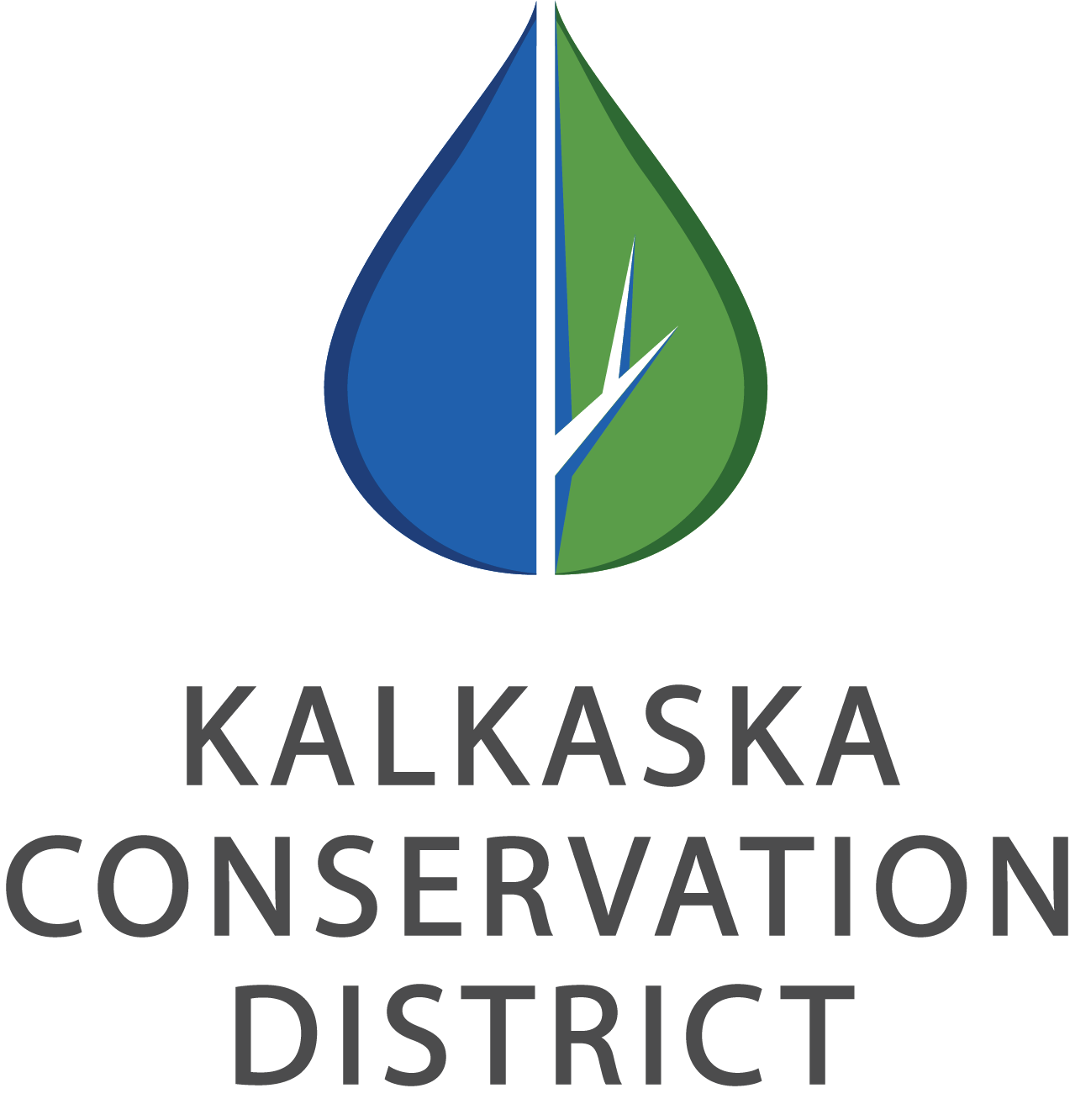Timber Stand Improvement- What Is It?
By Marilyn Shy, Kalkaska Conservation District
Timber Stand Improvement, or TSI for short, is something you may have heard about. But what does it really mean? And why should I care about it?
TSI is a term used to describe a conscious effort to improve a forest’s future growth and quality. TSI practices can include removing less desirable species, or removing diseased and damaged trees. Sometimes woodlots have too many trees to obtain maximum growth rates for the high-value trees. In this case, a thinning may be needed to allow space for the desirable trees to grow faster.
Conservation Tour students learning about TSI and forest management practices and the equipment used during the process.
Not only do the trees that are removed during a TSI occupy growing space, they also compete with the desirable trees for moisture, sunlight, and soil nutrients. Favoring some species, such as oak, can have very positive aspects for wildlife. Providing more acorns is very beneficial for deer, turkeys and other wildlife species.
So who should care about TSI?
Well, certainly forest landowners can benefit, since TSI practices are designed to promote the more desirable species of trees that can increase timber profits for forest landowners. But TSI helps more than just the landowners who own forested land. TSI practices help all of us by removing diseased trees that can potentially spread disease to trees even in our urban settings. TSI can help hunters and others who just like to view wildlife. Do you use paper products? Writing paper, wrapping paper, toilet paper? TSI can remove trees that can be used for pulpwood, which ultimately gets made into paper products. Thus, in the long run, TSI can benefit us all.
A previously ‘thinned’ northern hardwood stand along the North Country Trail in Coldsprings Township, Kalkaska County.
In short, the primary goal of timber stand improvement is to create a healthier and more productive forest ecosystem. You do this through various practices that involve thinning out unhealthy trees, removing diseased ones, and managing the overall health of the stand. The techniques used to accomplish these goals are highly dependent on many factors, including landowner objectives, location, soil type, regional climate and weather patterns, species composition, and age of the timber stand.
So if you are a landowner with a woodlot of any size, consider having your local Conservation District forester come out to your property to do a site visit, and make recommendations based on your specific desires and needs. This service is free, and can help family forest owners achieve their goals for their property. A survey conducted by Michigan State University of family forest owners found only 20% of the 11 million acres of private forests in Michigan are actively managed. Conservation Districts are working to increase the number of family forests that are managed under a sustainable forest management plan. You may also apply for cost-share funds through a special program sponsored by the Kalkaska Conservation District (KCD), whereby the funds can be used to pay a consulting forester to write a management plan for your property, and also to help pay for the thinning.
For more information on TSI, or to schedule a site visit with a Conservation District Forester, you may call the KCD at (231) 258-3307, or send an email to: wexford.forester@macd.org.
Kalkaska Public School students on a Conservation Tour of an active logging site to learn more about forest management and the role TSI's can play on the landscape.




